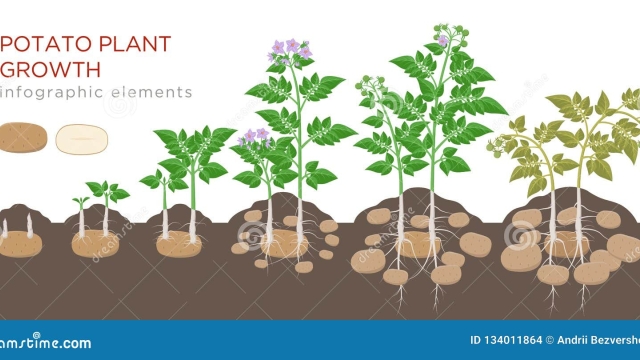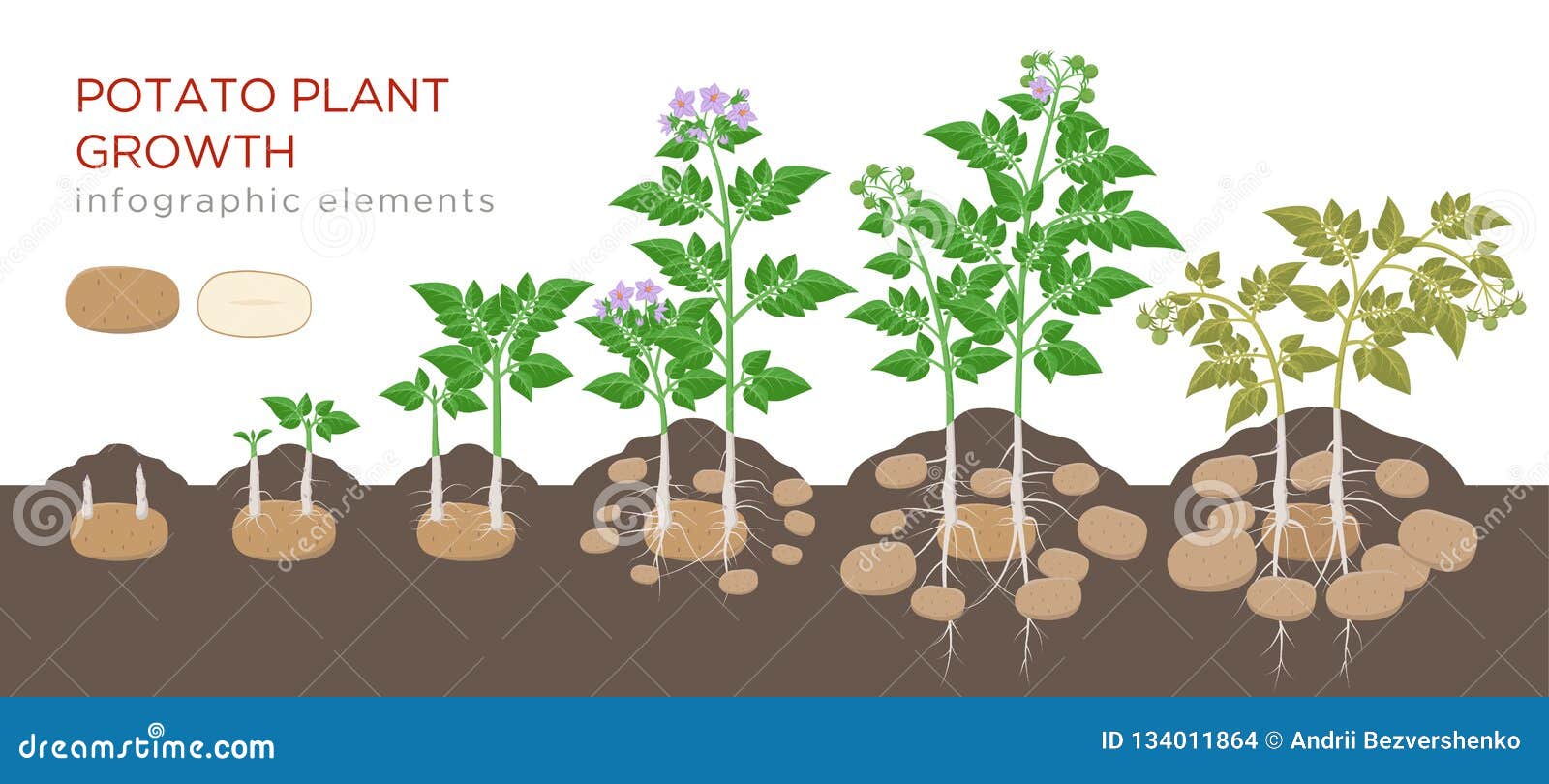Potato Planting is not only a rewarding gardening endeavor but also a spud-tacular way to enjoy fresh and delicious potatoes right from your backyard. Whether you’re a seasoned gardener or a beginner, this guide will provide you with essential tips and techniques for successful potato planting. From selecting the right variety of potatoes to preparing the soil and providing proper care, we’ve got you covered. But that’s not all – we will also explore the concept of potato companion plants, unlocking the secrets to maximizing the potential of your potato crop. So, roll up your sleeves and get ready to embark on the journey of potato planting success!
Choosing the Right Potato Varieties
When it comes to potato planting, selecting the right varieties is crucial for a successful harvest. There are numerous potato varieties available, each with its own unique traits and characteristics. By choosing the right potato varieties for your garden or farm, you can ensure a bountiful and flavorful potato crop.
-
Determining your purpose: Before selecting potato varieties, it’s important to consider your purpose for growing potatoes. Are you looking to enjoy fresh potatoes straight from your garden, or are you planning to store them for the long term? Some potato varieties are better suited for immediate consumption, while others have better storage qualities. Determine your purpose to narrow down your options.
-
Considering your growing conditions: Another important factor to consider is your growing conditions. Different potato varieties have varying preferences when it comes to soil type, sunlight exposure, and climate. Some varieties thrive in sandy soil, while others prefer loamy or clay soil. Take into account your specific growing conditions to ensure you choose potato varieties that will thrive in your environment.
-
Exploring companion plants: Lastly, consider companion planting when selecting your potato varieties. Certain plants, when grown alongside potatoes, can help deter pests, improve soil fertility, and enhance overall plant health. Research companion plants for potatoes and choose varieties that work well with these plants to create a mutually beneficial growing environment.
By carefully selecting the right potato varieties for your purposes, growing conditions, and companion plants, you can set yourself up for a successful potato planting experience.
Creating Ideal Growing Conditions
To ensure successful potato planting, it is essential to create the ideal growing conditions. Providing your potato plants with proper care and attention will greatly contribute to a bountiful harvest. Here are three key factors to consider when creating the perfect environment for your potatoes:
-
Soil Preparation: Before planting your potatoes, it is crucial to prepare the soil properly. Start by selecting a location that receives at least six hours of sunlight per day. Potatoes thrive in loose, well-draining soil, so it is advisable to work in organic matter, such as compost, to improve soil structure. This will enhance water retention and ensure adequate nutrient availability for your potato plants.
-
pH Level: Maintaining the correct pH level is vital for optimal potato growth. Potatoes prefer slightly acidic soil, with a pH level ranging from 5.0 to 6.0. Test your soil’s pH level using a home testing kit or consult with a local agricultural extension service. If necessary, adjust the pH level by adding lime to raise acidity or sulfur to lower it. This will help create an environment that promotes healthy root development and nutrient absorption.
-
Companion Plants: When planning your potato planting, consider incorporating companion plants that can benefit your potatoes. Certain plants, such as marigolds, can act as natural insect repellents, deterring harmful pests from damaging your potato crop. Similarly, planting beans or peas alongside potatoes can help improve soil fertility by fixing nitrogen. Be mindful of companion plants’ spacing requirements, ensuring they do not overshadow or compete with your potato plants for resources.
By following these guidelines, you can create the ideal growing conditions for your potato plants. Remember to regularly monitor soil moisture, practice proper watering techniques, and provide necessary support as your potato plants grow. Taking these steps will cultivate healthy, thriving potatoes that will reward you with a delicious and abundant harvest.
Beneficial Companion Plants for Potatoes
-
Beans: Beans are excellent companion plants for potatoes as they enrich the soil with nitrogen. This nitrogen fixation process helps to provide the potatoes with a nutrient-rich environment that promotes healthy growth. Additionally, the vines of the bean plants can help to provide shade for the potato plants, preventing excessive sunlight from reaching the tubers and causing them to turn green.
-
Corn: Corn is another beneficial companion plant for potatoes. The tall stalks of corn can provide a natural shelter for potato plants, protecting them from strong winds and excessive heat. The dense foliage of the corn plants also helps to create a microclimate that retains moisture in the soil, keeping the potato plants adequately hydrated.
-
Marigolds: Marigolds are not only visually appealing but also serve as great companions to potatoes. These vibrant flowers act as natural pest deterrents, keeping harmful insects and nematodes away from the potato plants. Additionally, marigolds can attract beneficial pollinators such as bees and butterflies, which can help improve the overall fruiting of the potato plants.
Remember, incorporating these beneficial companion plants into your potato planting strategy can help create a more balanced and resilient garden ecosystem. Experimenting with different combinations can lead to healthier potato plants and a more successful harvest.

